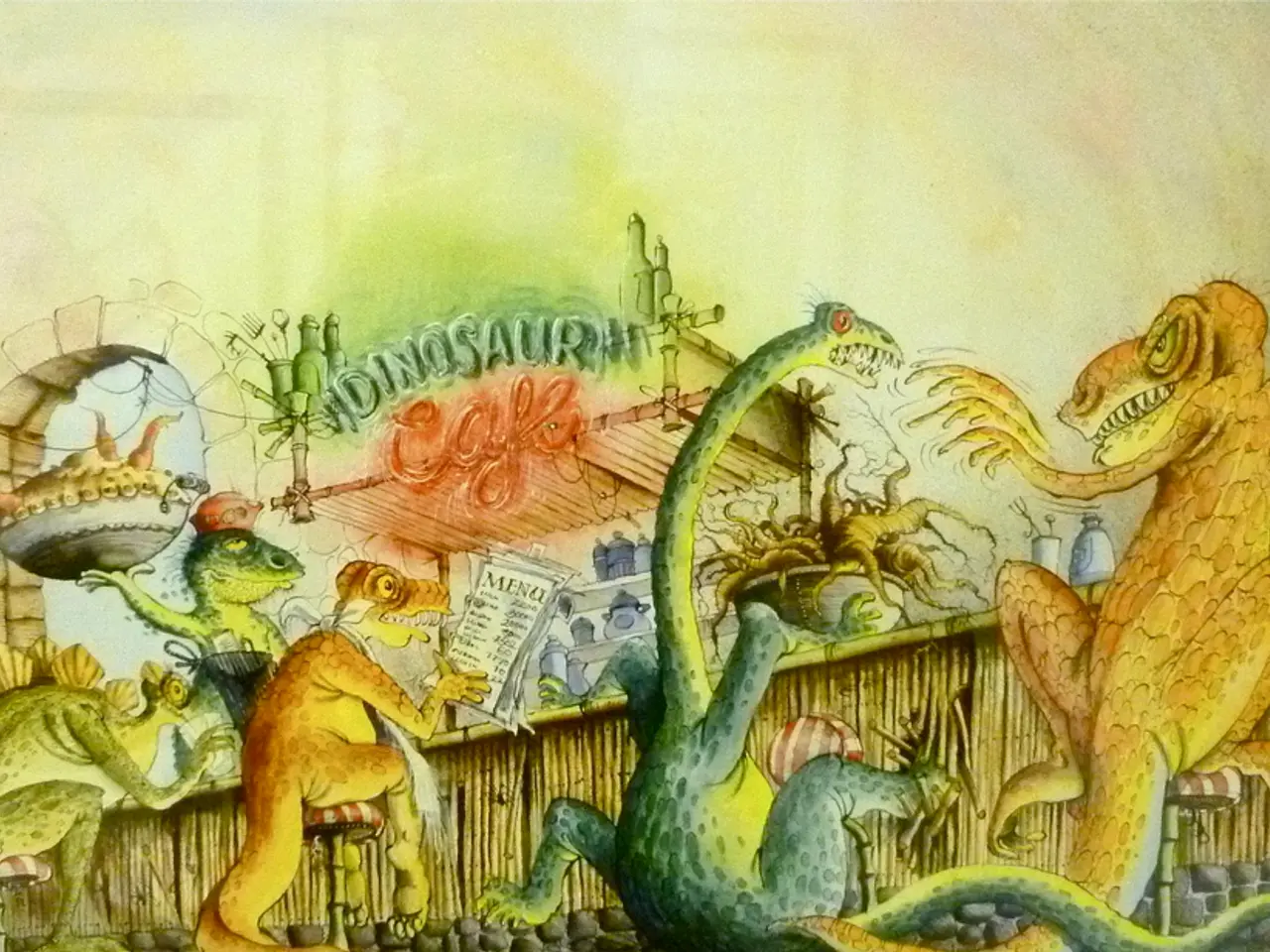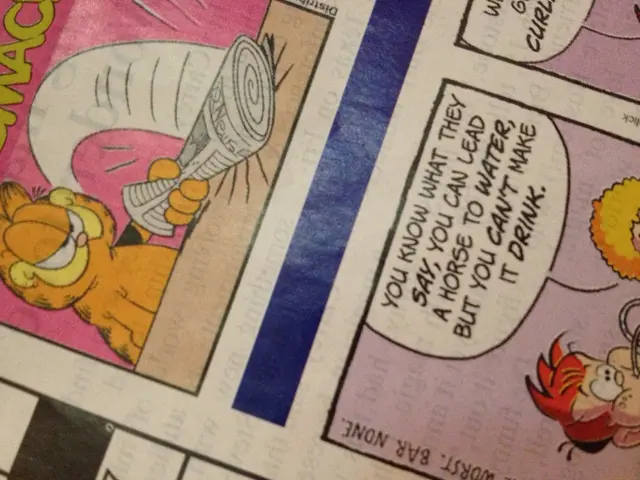Rembrandt's 'Night Watch' Dog Borrowed from Fellow Artist
A fascinating discovery has been made about Rembrandt's iconic masterpiece, 'The Night Watch'. Art historians have revealed that the small dog at the bottom of the painting is not an original creation, but a motif borrowed and adapted from a drawing by Adriaen van de Venne, a fellow 17th-century artist.
The revelation comes after Anne Lenders, a conservator at the Rijksmuseum, noticed the striking resemblance between the dog in 'The Night Watch' and van de Venne's drawing. Further investigation using scientific imaging techniques confirmed that Rembrandt had indeed sketched the dog initially, mirroring van de Venne's sketch from 1619. This practice of borrowing and adapting motifs was common among painters during that era, including Rembrandt himself.
The discovery adds to a series of recent revelations about 'The Night Watch'. In 2021, a virtual restoration of the painting's lateral strips was achieved using advanced AI algorithms, providing new insights into the artwork's history and composition. Rembrandt, it seems, adapted the borrowed motif to fit the dynamic scene of 'The Night Watch', further enriching the painting's narrative and movement.
The recent findings about the dog in 'The Night Watch' not only deepen our understanding of Rembrandt's creative process but also highlight the interconnectedness of artistic influences in the 17th century. As technology continues to advance, so too does our ability to uncover the secrets hidden within these masterful works of art.
Read also:
- Reconsidering the Approach to Mountain Height Measurement?
- UK automaker, Jaguar Land Rover, to commit £500 million for electric vehicle manufacturing in Merseyside
- Standard Nuclear & Framatome Join Forces to Boost TRISO Fuel Production by 2027
- Exhibition Spotlights Child Labor in Lithium and Cobalt Mines








